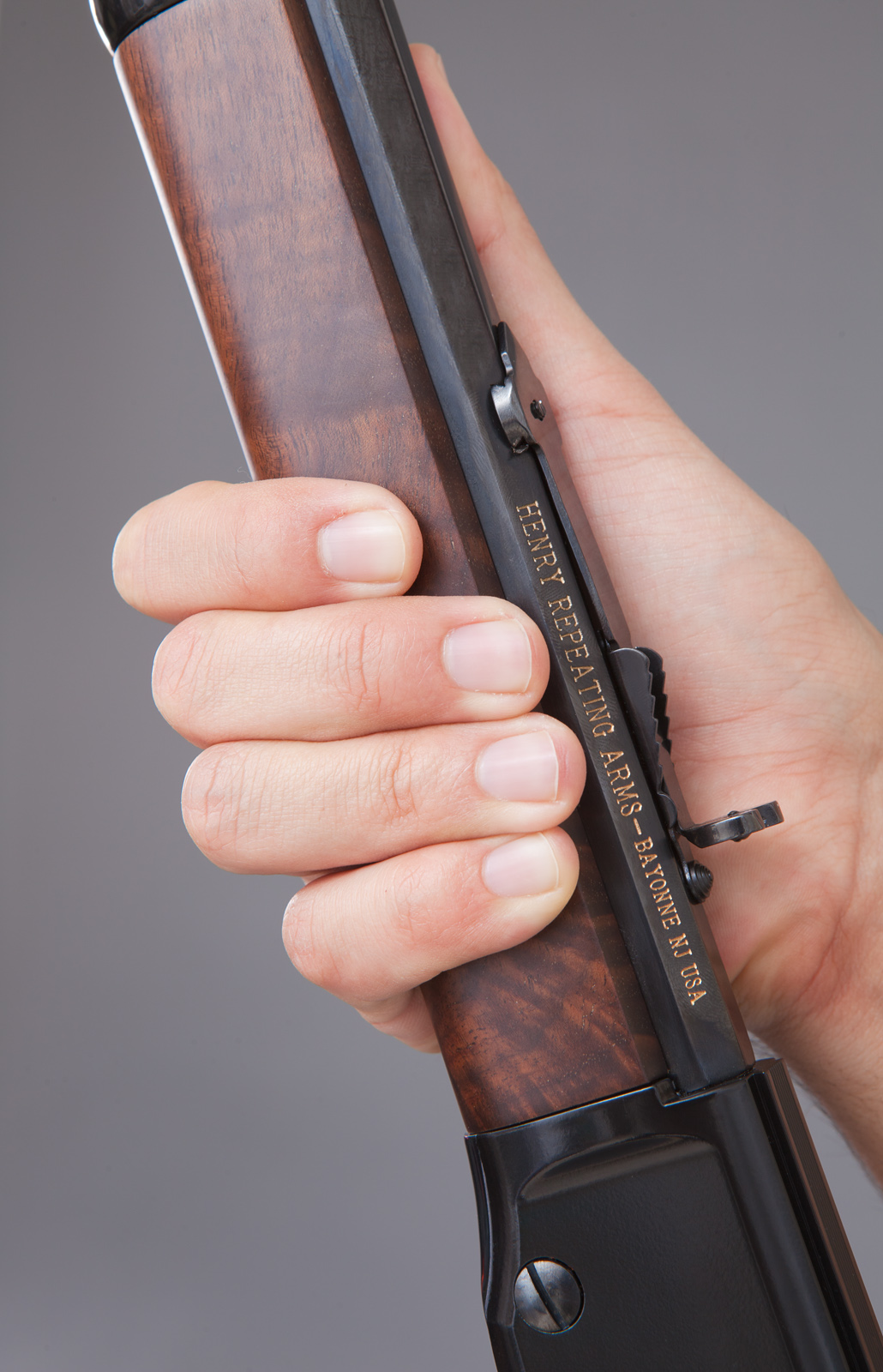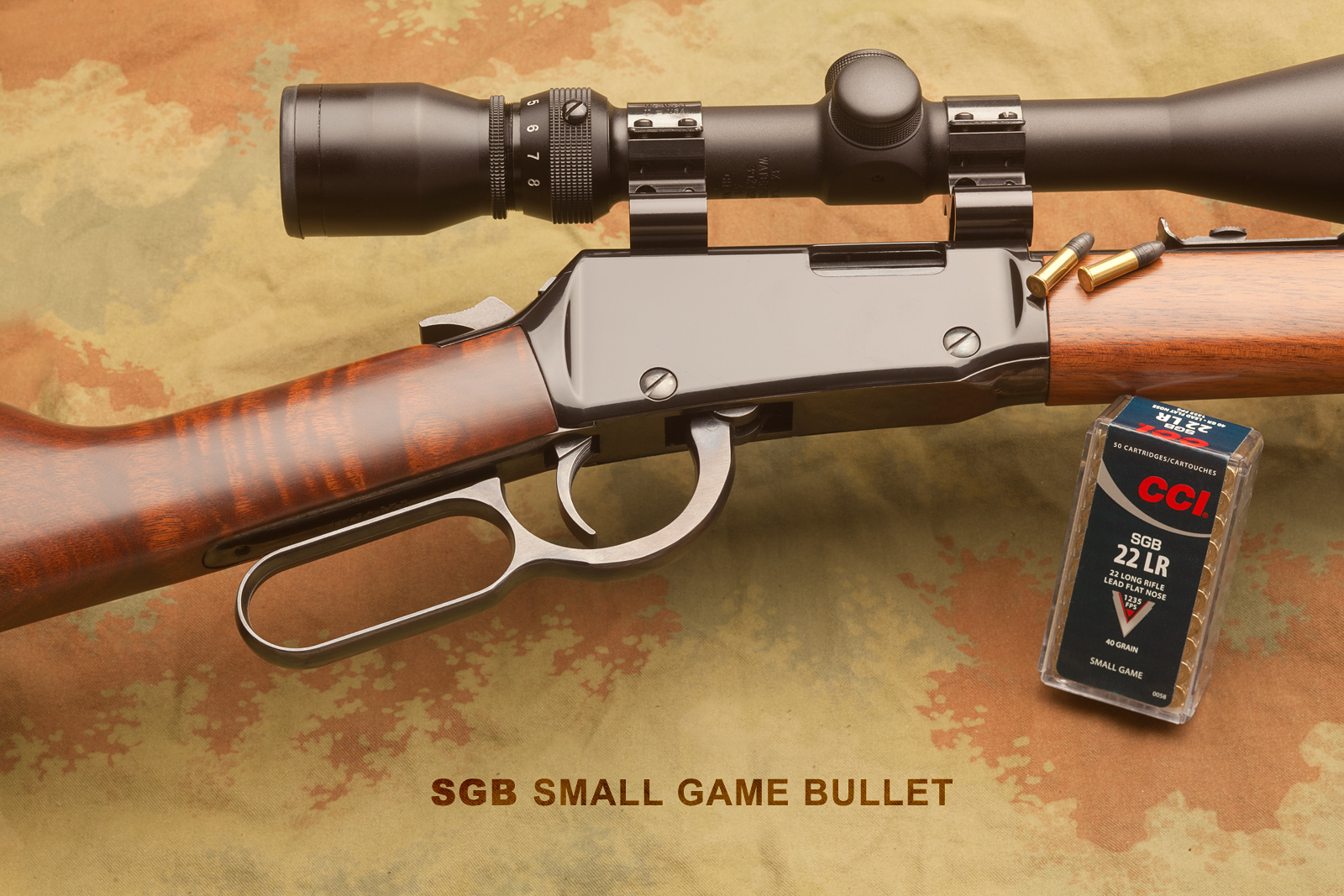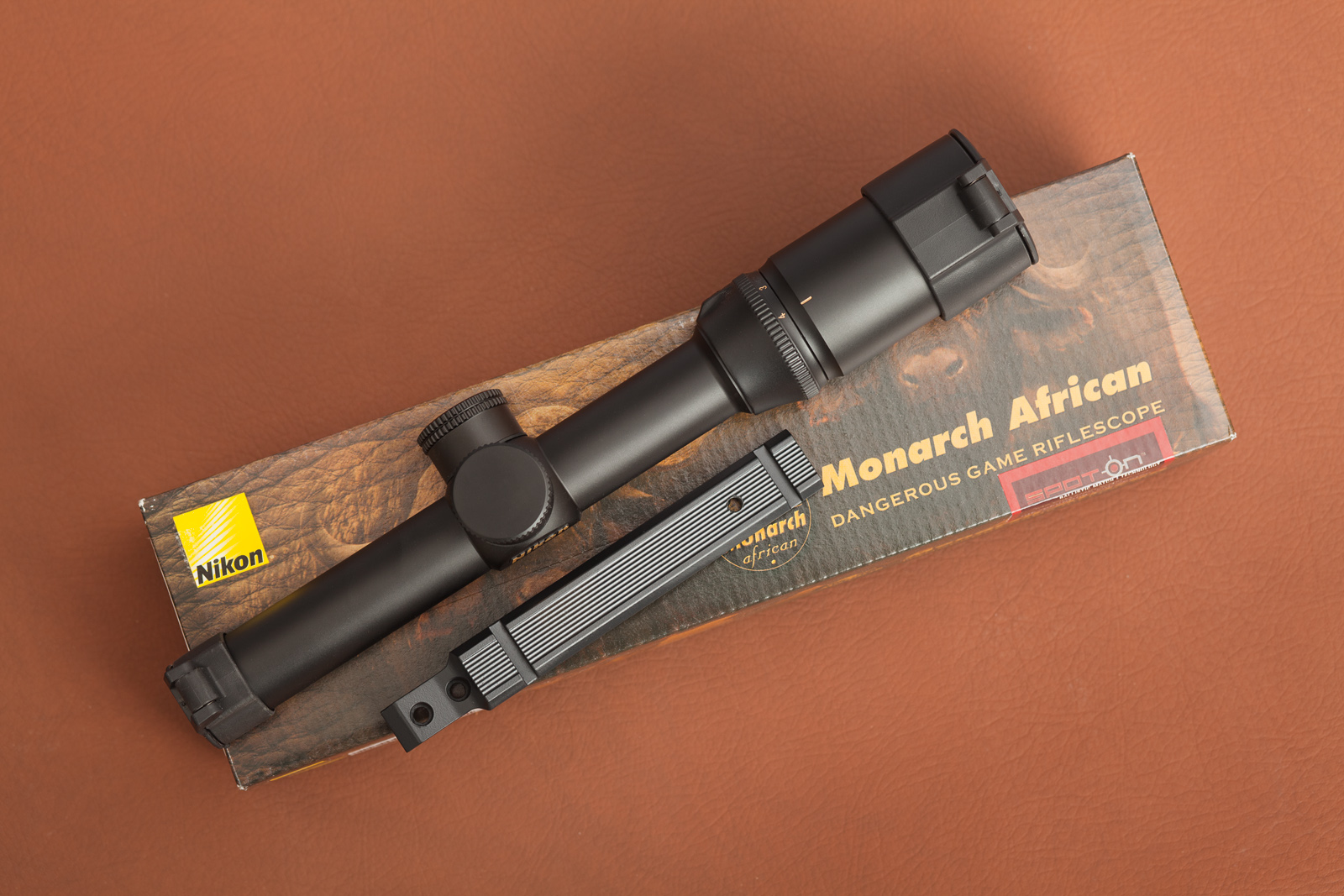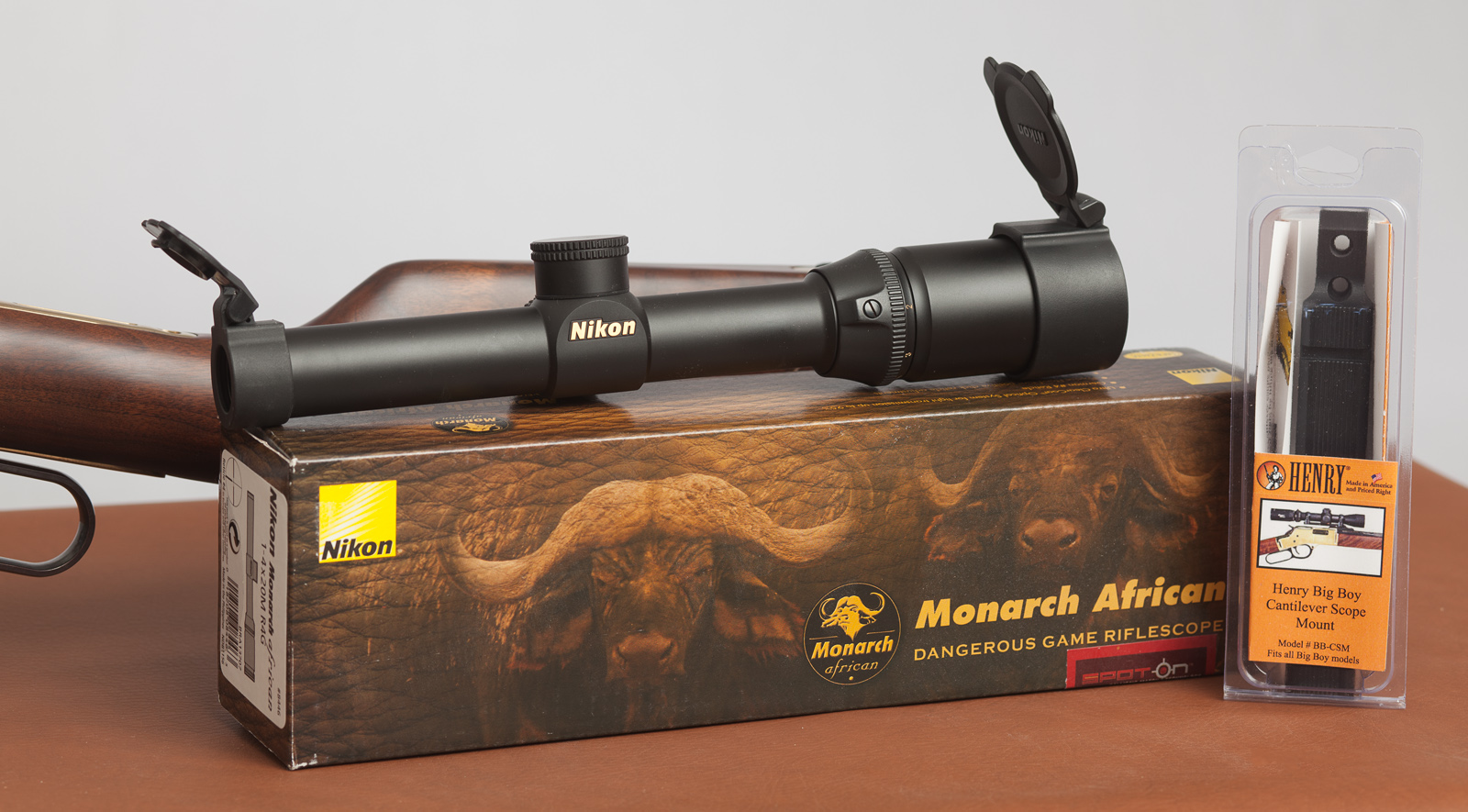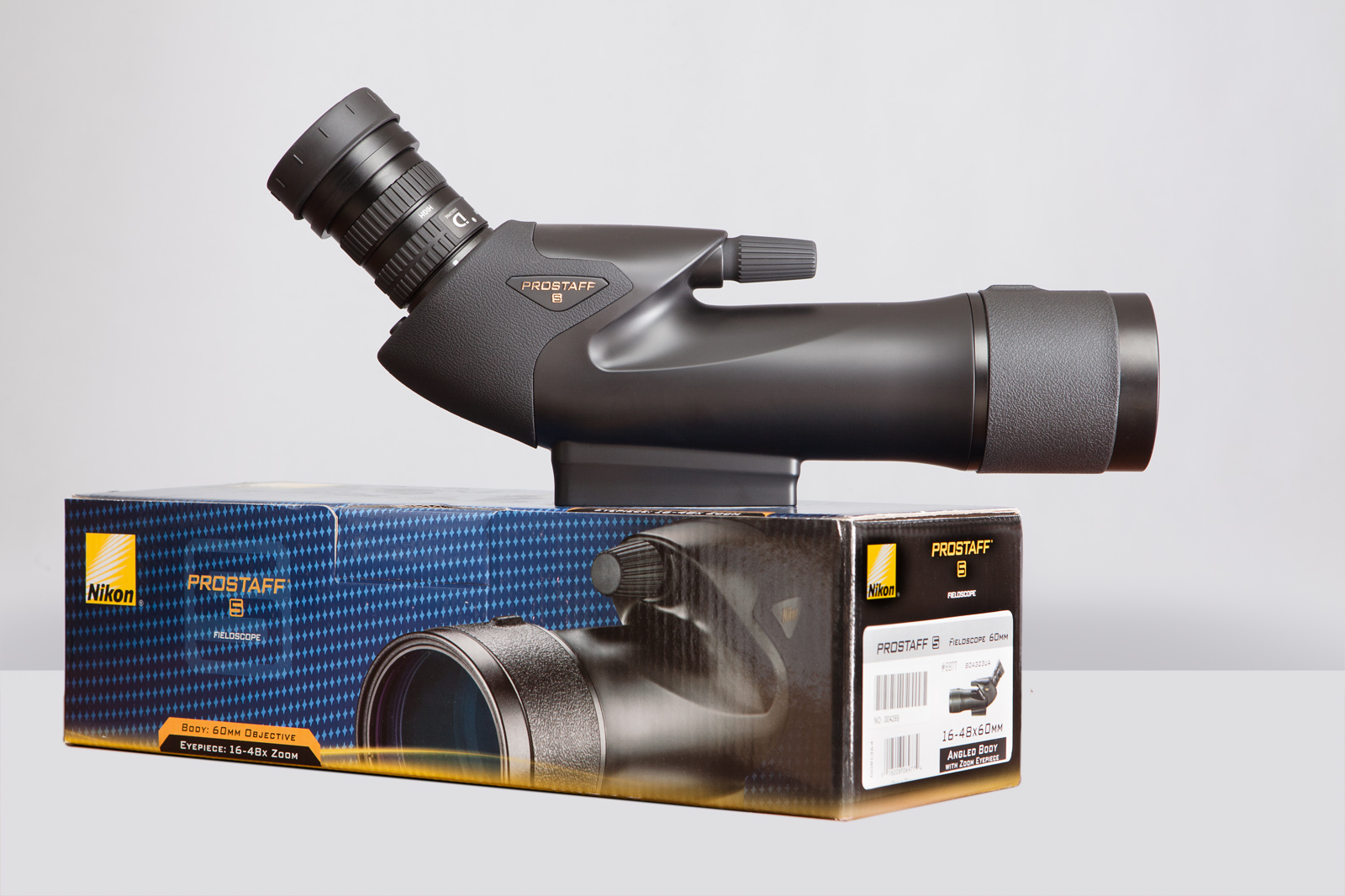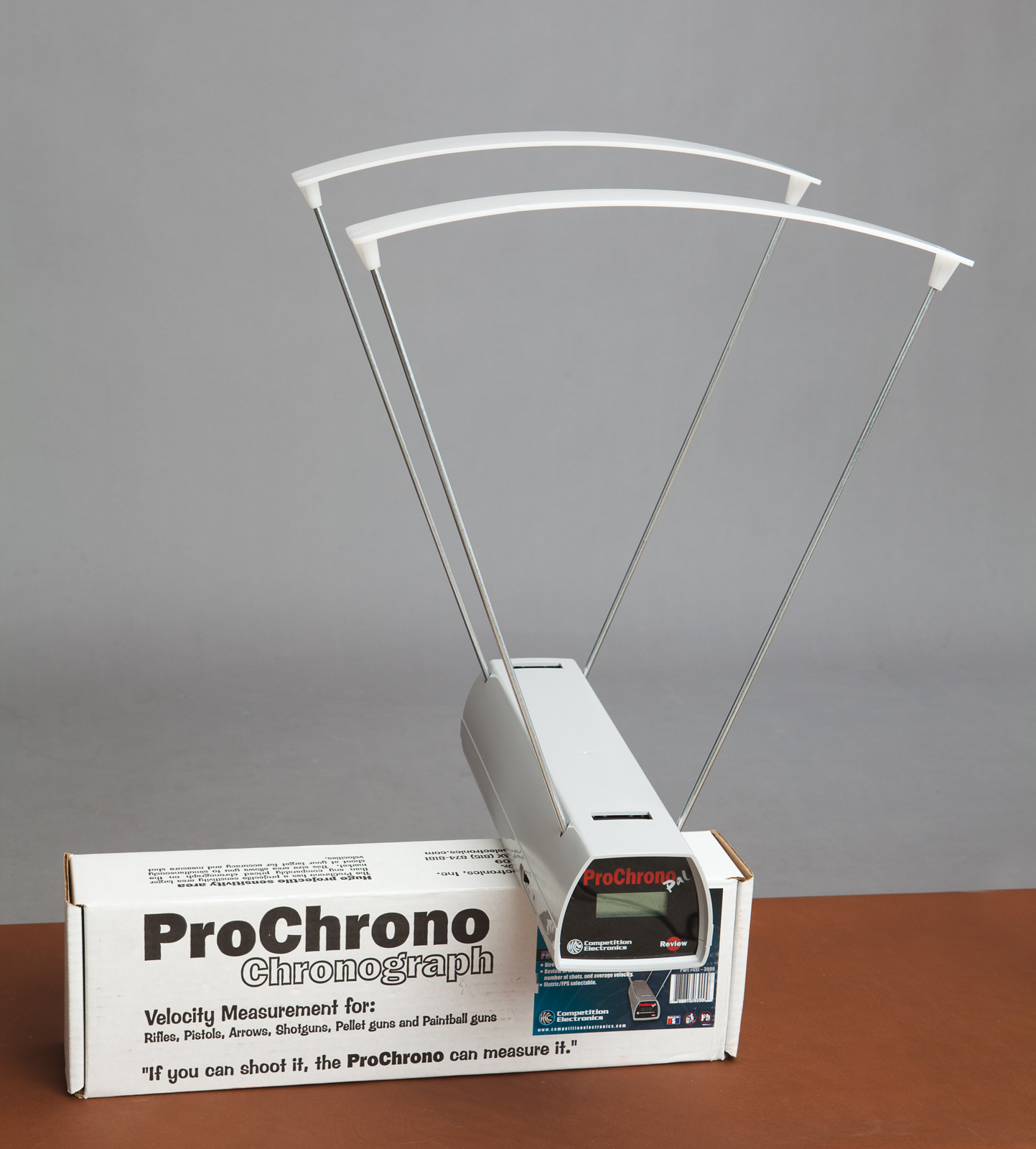
Definition of a conundrum: having a great rifle and sufficient ammunition (courtesy of Federal and Hornady) but not being willing to roast or boil at an outdoor range. Indoor ranges are an option, but the extra noise isn’t to my taste, nor is the 25 yard limitation. Besides, 160 rounds of three types is just enough for familiarization — it’s one range trip’s worth of ammunition.

Pretty good ammunition, too — would be a pity to just kill paper with it. Florida feral hogs come to mind as a viable alternative to bulleyes. I also keep thinking that .44 Magnum is primarily a revolver cartridge, so it won’t take full advantage of the longer barrel. Between that consideration and the weather, hand-loading seems like a good idea. Fortunately, I have a local friend with a reloading press and 44Mag dies, and I have friends at Brownells…

Hornady XTP — should be just right for the smaller feral piggies.

Sierra JHC — same idea. I got two different kinds of bullets to see which gives better groups.

A thousand large rifle CCI primers and as many pieces of Starline brass. Brass can be re-used. Eight pounds of slower H110 pistol powder to maximize the benefit of the long carbine barrel, enough for over 2000 rounds at full charge.

Looks like I remembered everything. My friend’s cool, quiet basement reloading room beckons.

Almost everything…how the heck will I launch two thousand bullets with only one thousand primers?
Once these loads are ready, I’d like to see how they work at extended ranges (100-150 yards). A scope might be nice for testing accuracy that far out, but to all its proper time. A lever action carbine isn’t your typical long-range gun, but I am amused by trying to push guns into roles not typically associated with them. Fortunately, I have some qualified help for that process.











